Member postings for PatJ
Here is a list of all the postings PatJ has made in our forums. Click on a thread name to jump to the thread.
| Thread: A Real Dake |
| 28/12/2022 11:26:13 |
The Dake reversing valve works similar to how a Westinghouse locomotive brake control works. |
| 28/12/2022 11:25:04 |
I was getting ready to cast a Dake in gray iron. I may have to rethink.
Edited By PatJ on 28/12/2022 11:26:42 |
| 28/12/2022 11:15:40 |
Posted by SillyOldDuffer on 28/12/2022 11:01:25:
Posted by Ches Green UK on 28/12/2022 10:22:02: ... I wonder what clue/need led the original designers to the engine layout?... Smokstack says the engine was popular for steering engines and winches. Although compared to a round piston it must be inefficient due to leaks and friction, the thread mentions some important advantages:
I guess the Dake was a good idea in it's day but later developments led to other engines doing the same job more efficiently. Dave Some other advantages I have heard are the totally enclosed crankshaft keeps dirt and water out of the engine. I saw one Dake on the front of a ship, used to hoist the anchor. Another application was down in the bottom of a mine, where the dust could damage an open engine. And the reversing valve could easily be installed remotely, such as at the top of the mine shaft. Best I can tell, these were hard working and higly functional engines, in spite of being rather unorthodox in design. Better for occasional use I think than continuous loads. And one last thing I read was that the wear on the inner piston was non-linear, since the outer ends of the piston moved at a higher velocity than the center of the piston. They sold a lot of these engines though, and built them I think up into the 1950's, so it was a very successful and functional design for certain specialized applications. Here are a few photos that someone allowed me to use. This engine is in a museum up north. And some engravings for an overhead hoist, and a steering engine.
Edited By PatJ on 28/12/2022 11:16:20 Edited By PatJ on 28/12/2022 11:18:13 |
| 28/12/2022 11:07:16 |
Posted by Ady1 on 28/12/2022 10:46:40:
Very kewl Have prayed to the God Hermes that your friend will arrive, good luck I sent the seller an email, and requested that he be sure to pack the engine to be shipping-proof. I have had heavy items that where packed lightly, and so they broke out of their box and were lost forever. It would be a tragedy to have this engine lost in shipping, but I don't have time to go pick it up, so we pray to the shipping gods that they show mercy upon us.
. |
| 28/12/2022 10:41:05 |
Posted by Dave Halford on 28/12/2022 10:30:10:
Pat, Your dad was cleverer than most. Dad definitely had a gift for figuring out how obscure old engines functioned. This was one of several very odd engines that dad built, that I had to disassemble in order to understand. . |
| 28/12/2022 10:38:57 |
Posted by Buffer on 28/12/2022 10:28:19:
One was made and written up for model engineer just a few years ago. Yes, that fellow used my Dake drawings as a reference in order to figure out how to build his. He asked me if he could use my drawings, and I told him no, but requested that he instead use the concept from my drawings, but make his own drawings and somewhat unique Dake engine, and so he did. .
Edited By PatJ on 28/12/2022 10:41:40 |
| 28/12/2022 10:36:41 |
I have heard some describe this engine as a Wankel-type affair, but I think a Wankel had a single rotor, or perhaps a couple of rotors in line. The Dake has a piston inside of another piston, but otherwise the pistons get pushed from the top and sides, similar to how a Wankel works, sort of. The clearance between the crankcase cover and the pistons was controlled by using stacked gaskets, perhaps each at 1/1000 thick. I don't think leakage was a problem. There was no adjustable cutoff, and so this would not necessarily be an economical engine to run at full speed continuously, but as a specially adapted engine that required quick reverse and no dead centers, it is an exceptional design. These engines run extremly smoothly, and make an odd slushing sound when they run. No doubt they make perhaps a constant torque as they revolve, similar to a 3-phase electric motor. They were advertised as having only three moving parts, which is almost true. The flywheel, crankshaft, crank disk, and crank pin are considered on part (assembly). The inner piston is the second part, and the outer piston and its two shoes are the third part (assembly). From a parts count, it is an absurdly simple design. From a theoretical functional standpoint, the engine is pure genius (the genius of Roots originally, modified a bit by Dake). The inner piston is also a rotating multi-port slide valve. I find this a fascinating engine, and for me to find one on ebay is sort of like finding the Hope diamond laying out in the front yard. I have never seen one of these engines for sale. The totally enclosed design is a turn-off for some, who like to see the moving internal parts of an old engine. . |
| 28/12/2022 10:07:15 |
Ches- Thanks for the great link. It took me a long time to figure out how this little engine works, and I actually had to disassemble my dad's engine and study it for quite some time. Here are a few sketches I created in order to understand this engine. Edited By PatJ on 28/12/2022 10:09:16 |
| 28/12/2022 09:58:57 |
Edited By PatJ on 28/12/2022 10:00:15 |
| 28/12/2022 09:52:50 |
This is the Dake 3D model I created a few years ago.
Edited By PatJ on 28/12/2022 09:56:10 |
| 28/12/2022 09:48:59 |
So the other day I was surfing ebay, which I generally do every few months, and low and behold I ran across the only Dake I have ever seen for sale. Of course I had to grab it. Lets hope it survives shipping. This is one of the fluted crankcase styles, which seem to be rather rare. This one is set up for a remote reversing valve. Normally the reversing valve sits on top of the crankcase.
Edited By PatJ on 28/12/2022 09:49:44 |
| 28/12/2022 09:46:50 |
My dad scratch-built a Dake many years ago, and it took me a long time to figure out how it worked. It is a twin-piston engine, with flat pistons like slices of toast, with one piece of toast riding inside the other hollowed-out piece of toast. Originally designed by Roots, and then 20 years later modified a bit by Dake and re-patented. Dake actually put the engine into production, and quite a few were manufactured. It was a very advanced engine for its time, and reverses almost instantly. Starts in any position. Used for hoists, steering engines, and other applications that can make good use of quick reversing and no dead centers. |
| Thread: 5 inch gauga railbus |
| 28/12/2022 09:36:23 |
That is a rathe rinteresting design. I don't recall seeing anything quite like that. . |
| Thread: Stephensons valve gear |
| 28/12/2022 09:34:05 |
I have studied Don Ashton's papers on valve gear, specifically the Stephenson's link. I thought I would just build a simple Stephenson's link for my bottle engine design, and I found out there is a lot to just a simple Stephenson's design. Open rods, crossed rods, launch link, loco link, and that all important pin location. While I still have a long way to go before I finish my Stephenson link design, the one thing I did get from Don Ashton's paper was that if you set it up correctly, with the correct pin location, you can get almost equal valve travel in both forward and reverse, and also equal valve travel in various link positions. I have considered simulating a Stephenson's in Solidworks motion study, but I think perhaps a quicker method is to make a mock-up of the valve gear using wood sticks and a cardboard link, with rods perhaps 36" long. . |
| Thread: Storm in America |
| 28/12/2022 09:09:53 |
It finally warmed up to above freezing today. We have had 12 F for several days, which has caused several problems. Some of the water pipes are not quite far enough down in the earth in this city to prevent them from freezing. So the pipes begin to break, the water pressure drops off to a very low value, and the water is contaminated, so all water has to be boiled for consumption. The heavy snow caused some tree limbs to fall, shorting out some of the primary lines in the neighborhood. Luckily the primary line shorting has been limited. It is the freezing rain that causes lots of tree limbs to fall on the power lines, and luckily we did not get the freezing rain, but just heavy snow. We have had deaths in the past during ice storms, where entire large trees fall on moving autos, killing the occupants. We have lovely trees in this city, but they can be deadly. TVA (Tennessee Valley Authority) is experiencing their heaviest load ever, and they had a few power plants on the grid go down two days ago, so we went into rolling power blackouts, which last 30 minutes at a time. The house can get a bit chilly in 30 minutes when it is 12F outside. All things considered, it has just be very cold. Most folks in the Mid-South are not set up for extended sub-freezing temperatures. Often pipes in outside walls freeze when it gets this cold. We have natural gas heat, and so I can power my air handling/heating unit from my gasoline generator if necessary. I have not had to use the generator yet. I don't think I would make it living up north. This sort of weather is very common up north, and they get a lot of snow too. We get a minimal amount of snow luckily. This is today's US weather update. . Edit: In my younger days, I have camped out in 18F, and it can be done, but you need a 0 F sleeping bag, and some very good cold weather gear. Heavy snow can make hiking very difficult without snowshoes. I generally stick around the house during cold weather, and do the hiking/camping during warm weather. Of course we have tornadoes, and so that always makes things interesting during the summer months.
Edited By PatJ on 28/12/2022 09:20:36 |
| Thread: De-gassing ally melt. |
| 22/10/2022 22:22:47 |
Posted by Bazyle on 22/10/2022 21:25:31:
Posted by PatJ on 21/10/2022 19:20:49:
Supposedly, a good degass mixture is Sodium Chloride and Potassium Chloride, 1/2 and 1/2 mixture, 1 teaspoon full per 13 lbs of aluminum. I am not sure about the safety of the fumes that this creates, so use caution. Edited By PatJ on 21/10/2022 19:21:39 So presumably the problem gas is H2, the fumes are HCl and the sodium and potassium has dissolved into the aluminium? As I understand it, aluminum at molten temperatures will readily and quickly absorb hydrogen. The higher the temperature above pour temperature you overshoot, the more prone and faster the aluminum seems to absorb hydrogen. If you dump whatever material into the melt, the chemical reaction has to remove the hydrogen from the melt. I can't elaborate on it more than that, since that is the limit of my understanding. If you leave any powdered substance on the shelf for a while, it will absorb moisture, and if you dunk it into molten aluminum, it will vigorously bubble exactly like washing soda. If you bake some powered substance perfectly dry, then it may or may not react with the aluminum. . Edited By PatJ on 22/10/2022 22:26:11 |
| 22/10/2022 22:16:20 |
Posted by Engine Builder on 22/10/2022 20:49:59:
Posted by PatJ on 21/10/2022 15:40:52:
The myfordboy washing soda method is not a valid one. I can't agree with that statement, I have watch myfordboy make hundreds of castings and they all look great. You are falling for the basic non sequitur fallacy. Its like saying that you have seen hundreds of videos of British people driving blue cars, and so all people driving blue cars are British. It does not follow. Washing soda absorbs moisture from the air, and dumping it into molten aluminum causes the moisture to bubble vigorously. If you bake washing soda in the oven at 400 F, and then dump it into molten aluminum, it does absolutely nothing; no bubbling, no disolving, nothing; it just lays on top in a powder, which you then have to laboriously scrape off. So in order to prove that washing soda works, you have to make a casting without it, and then make a casting with it. The castings I make without washing soda are exactly like the castings I make with washing soda. Testing things using proven scientific methods by making castings is a much better indicator of what actually works. Make some alumium castings, try some things, and you will see what I mean. . Edited By PatJ on 22/10/2022 22:23:59 |
| 21/10/2022 19:20:49 |
Another trick I found out about is you can judge pour temperature of aluminum by watching the meniscus. When the meniscus goes flat, you are at pour temperature. I watched an individual use this method, and it is very accurate. I have not tried it myself. Supposedly, a good degass mixture is Sodium Chloride and Potassium Chloride, 1/2 and 1/2 mixture, 1 teaspoon full per 13 lbs of aluminum. I am not sure about the safety of the fumes that this creates, so use caution. I have not tried this, but the person who uses it process 1,000 lbs of aluminum per month. And using a water quench and dropping the aluminum castings in water as soon as they are solid helps the aluminum machine more cleanly, with less bit loading. A two step process for some really nice aluminum (356) is 8 hours in a kiln at 1,000 F, followed by a water quench, and then 4 hours at about 400 F, for an approximate T6 hardness. . Edited By PatJ on 21/10/2022 19:21:39 |
| 21/10/2022 15:40:52 |
There is a guy over here who sells aluminum ingots, and he processes aluminum engine blocks by the ton. He told me what a good degasser is, and I don't think it was the highly toxic chlorine stuff. I will dig that out. I generally don't use a degas agent with aluminum though. Bring the melt up to pour temperature as fast as possible. Pour temperature is 1,350 F. Don't overheat the aluminum. Don't let the aluminum sit after it reaches 1,350 F; pour immediately. Never ever stir an aluminum melt. The myfordboy washing soda method is not a valid one. You can verify this by baking the washing soda in the oven to dry it, and then you will see that it does nothing in an aluminum melt except sit on top of the melt. Olfoundryman is the guy on youtube who worked in foundries, and he is the ultimate aluminum casting guy. 356 alloy aluminum is what is used for castings, not extrusions, and not cans. Wheel rims seem to be 356. Edited By PatJ on 21/10/2022 15:41:37 |
| Thread: Topic Creep. |
| 18/10/2022 17:39:13 |
I witnessed recently someone on another forum trying to micromanage everyone elses threads, so that some rigid heirarchy was adhered to at all times. I must say, that is one very annoying individual, and reminiscent of the hall monitor guys we had in high school. There is always some amount of drift in every topic, and so what? Where is it written/carved in stone that there can be no drift in topics? I read forums from a technical standpoint to gain knowledge, but I also read forums from a human interaction standpoint. Without the human part, things are very dry and mechanized. And speaking of slide topics, it is not so much the lab as it is what is in the mind of the people in the lab. Case study; Hewlett Packard started in a garage buy two guys. Extremely modest garage setting; very ambitious if not genius mindset of the guys who started the lab. But indeed they had a lab, and without labs you can't test or veryify things very well.
Edited By PatJ on 18/10/2022 17:40:15 |
Want the latest issue of Model Engineer or Model Engineers' Workshop? Use our magazine locator links to find your nearest stockist!
Sign up to our newsletter and get a free digital issue.
You can unsubscribe at anytime. View our privacy policy at www.mortons.co.uk/privacy
- *Oct 2023: FORUM MIGRATION TIMELINE*
05/10/2023 07:57:11 - Making ER11 collet chuck
05/10/2023 07:56:24 - What did you do today? 2023
05/10/2023 07:25:01 - Orrery
05/10/2023 06:00:41 - Wera hand-tools
05/10/2023 05:47:07 - New member
05/10/2023 04:40:11 - Problems with external pot on at1 vfd
05/10/2023 00:06:32 - Drain plug
04/10/2023 23:36:17 - digi phase converter for 10 machines.....
04/10/2023 23:13:48 - Winter Storage Of Locomotives
04/10/2023 21:02:11 - More Latest Posts...
- View All Topics
- Reeves** - Rebuilt Royal Scot by Martin Evans
by John Broughton
£300.00 - BRITANNIA 5" GAUGE James Perrier
by Jon Seabright 1
£2,500.00 - Drill Grinder - for restoration
by Nigel Graham 2
£0.00 - WARCO WM18 MILLING MACHINE
by Alex Chudley
£1,200.00 - MYFORD SUPER 7 LATHE
by Alex Chudley
£2,000.00 - More "For Sale" Ads...
- D1-3 backplate
by Michael Horley
Price Not Specified - fixed steady for a Colchester bantam mark1 800
by George Jervis
Price Not Specified - lbsc pansy
by JACK SIDEBOTHAM
Price Not Specified - Pratt Burnerd multifit chuck key.
by Tim Riome
Price Not Specified - BANDSAW BLADE WELDER
by HUGH
Price Not Specified - More "Wanted" Ads...
Do you want to contact the Model Engineer and Model Engineers' Workshop team?
You can contact us by phone, mail or email about the magazines including becoming a contributor, submitting reader's letters or making queries about articles. You can also get in touch about this website, advertising or other general issues.
Click THIS LINK for full contact details.
For subscription issues please see THIS LINK.
Model Engineer Magazine
- Percival Marshall
- M.E. History
- LittleLEC
- M.E. Clock
ME Workshop
- An Adcock
- & Shipley
- Horizontal
- Mill
Subscribe Now
- Great savings
- Delivered to your door
Pre-order your copy!
- Delivered to your doorstep!
- Free UK delivery!
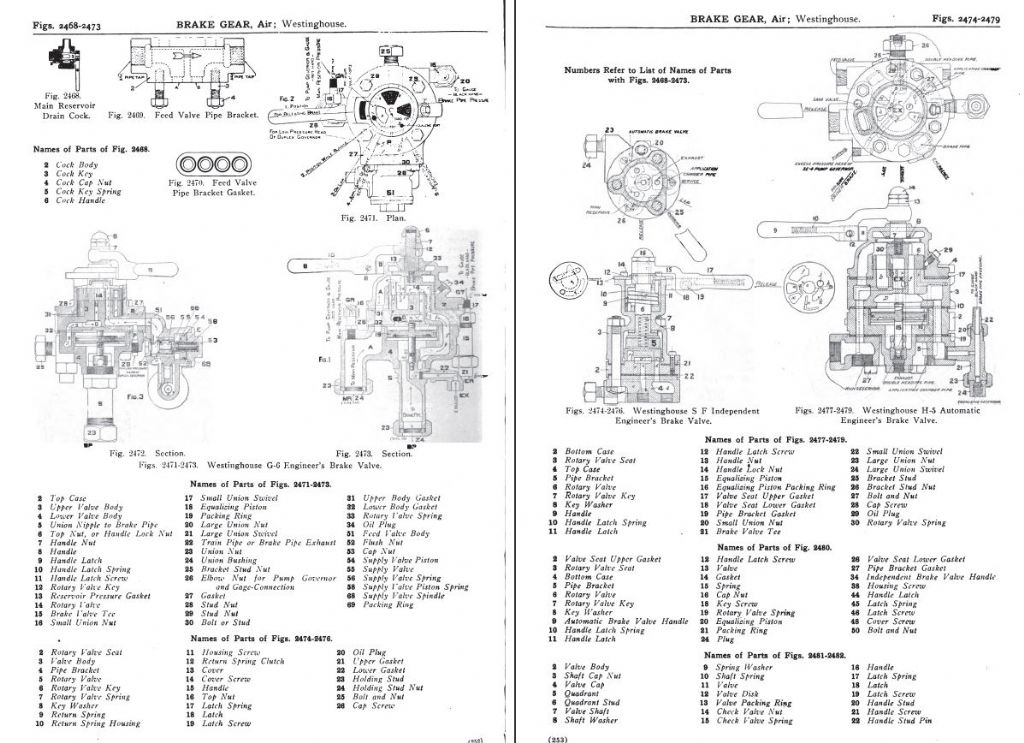
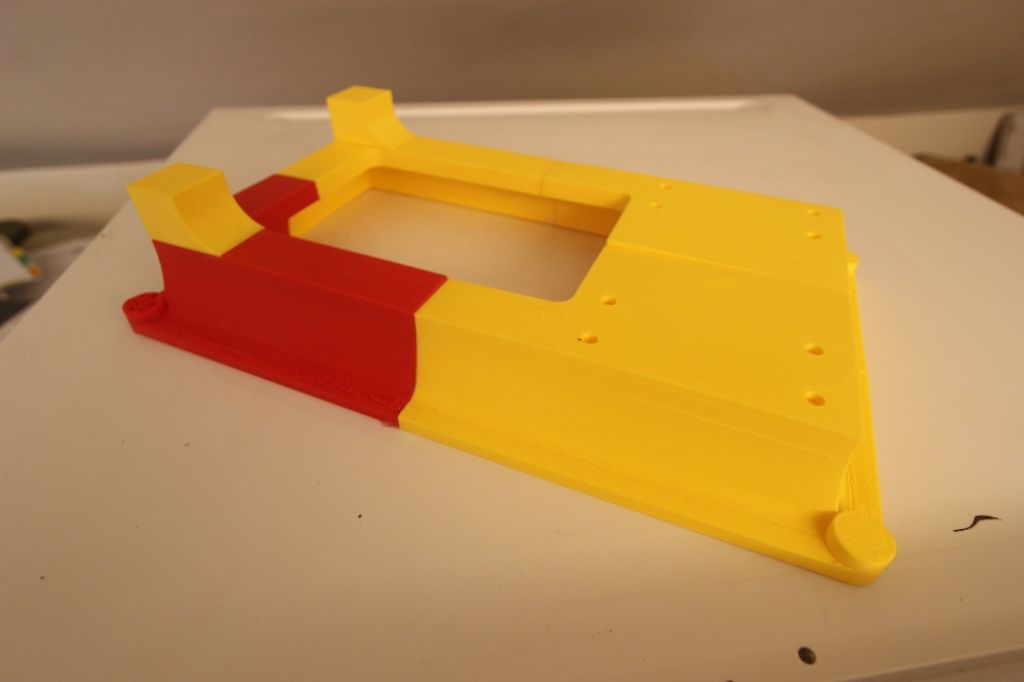

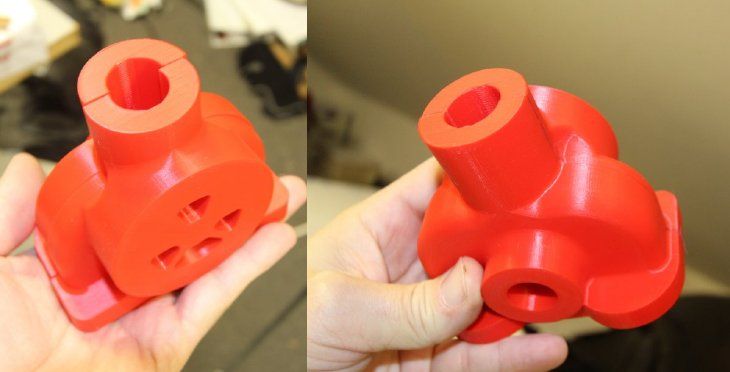
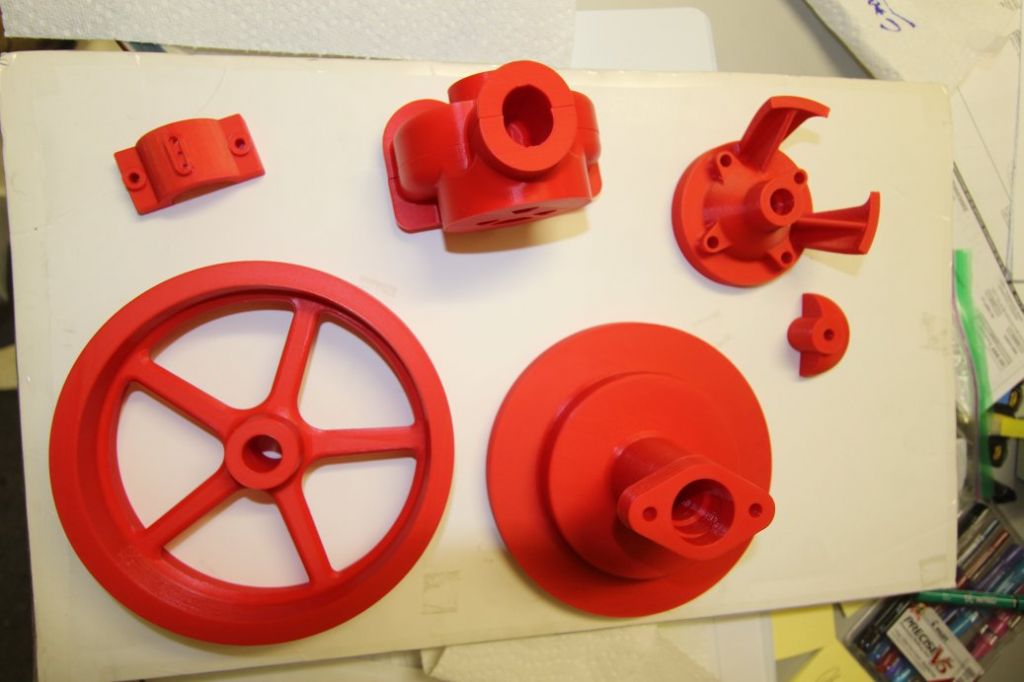
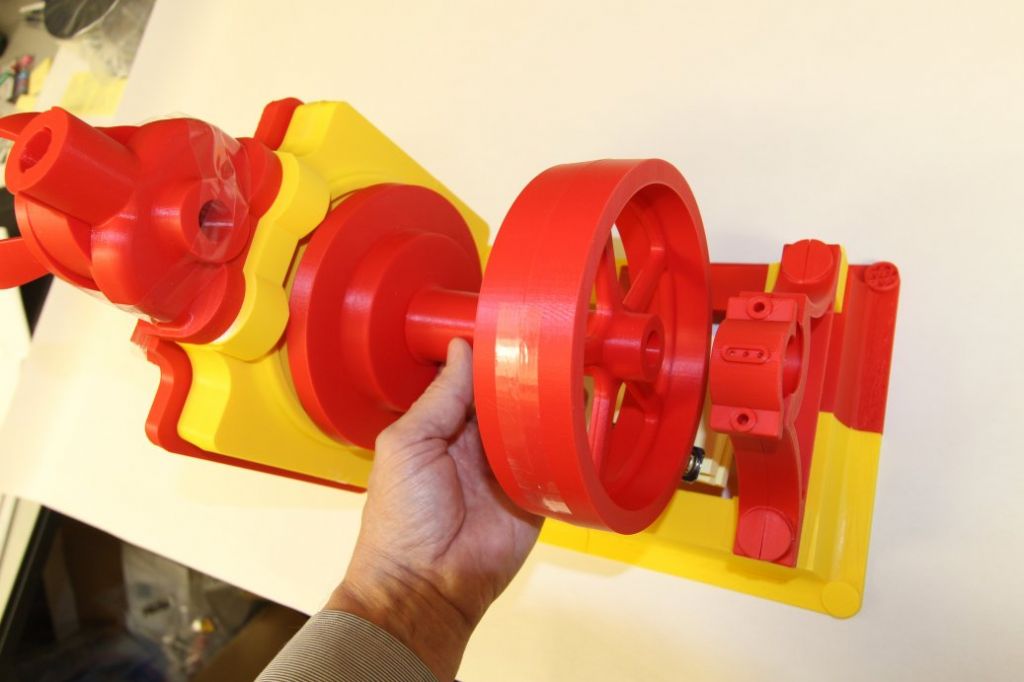
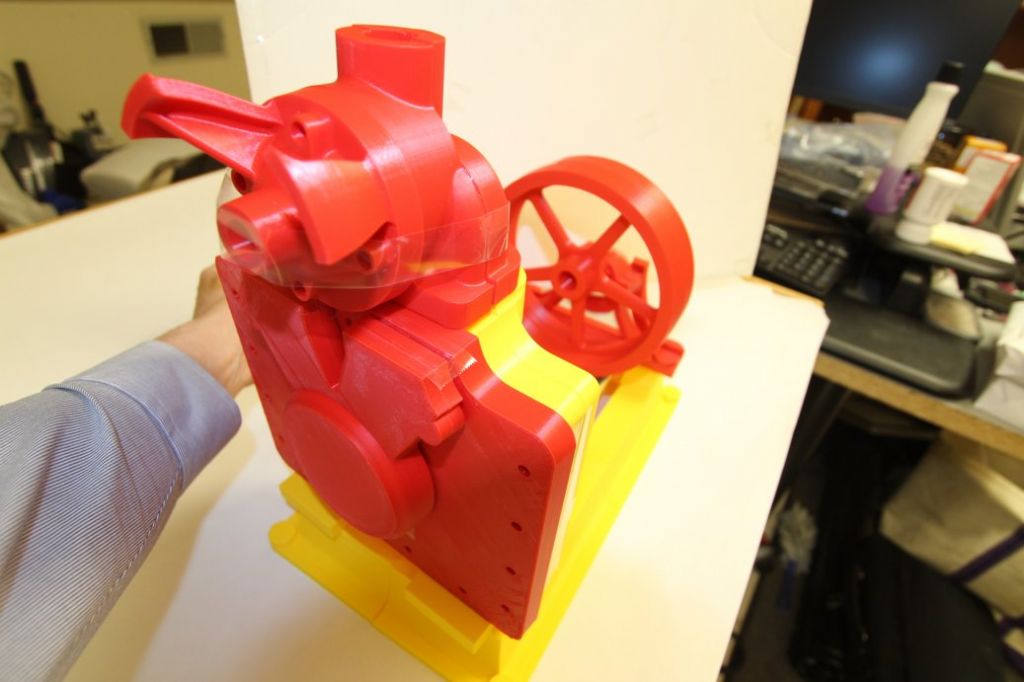


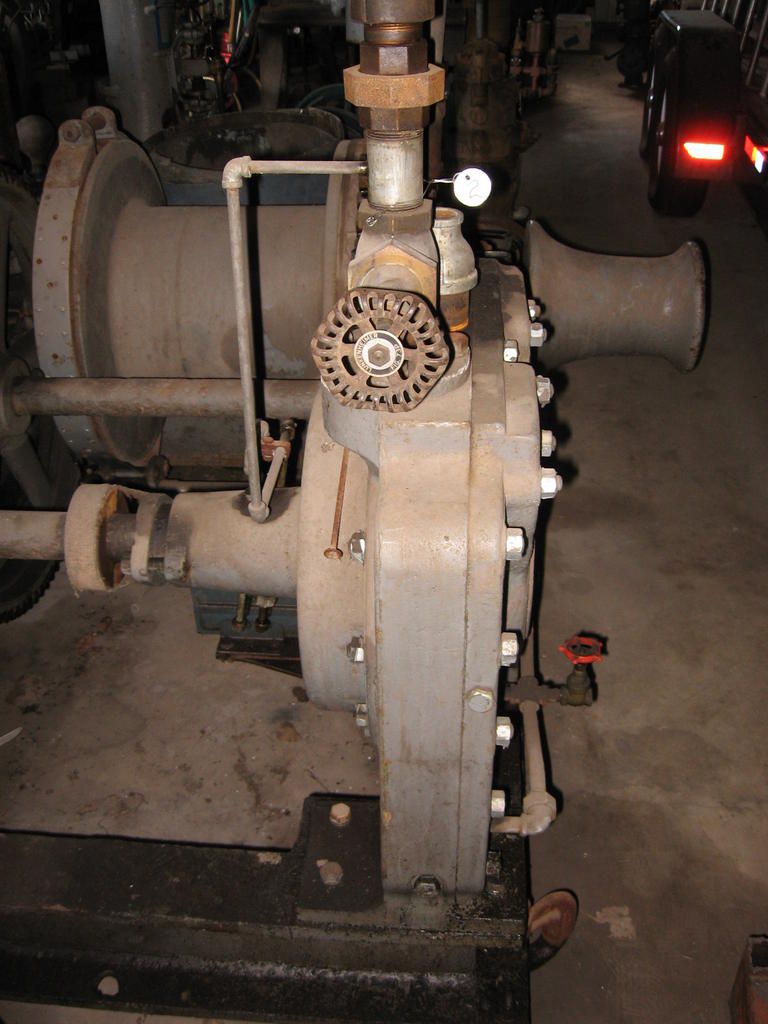


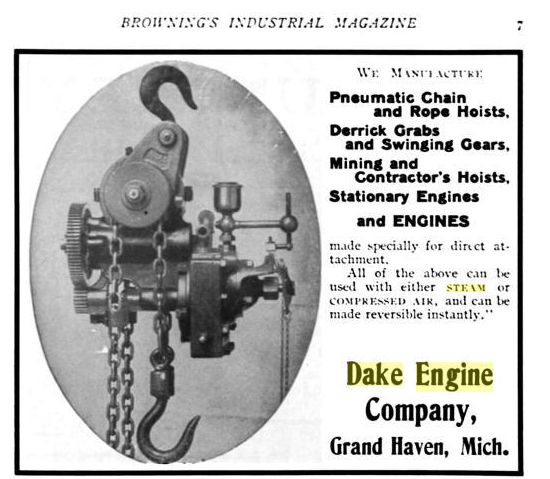

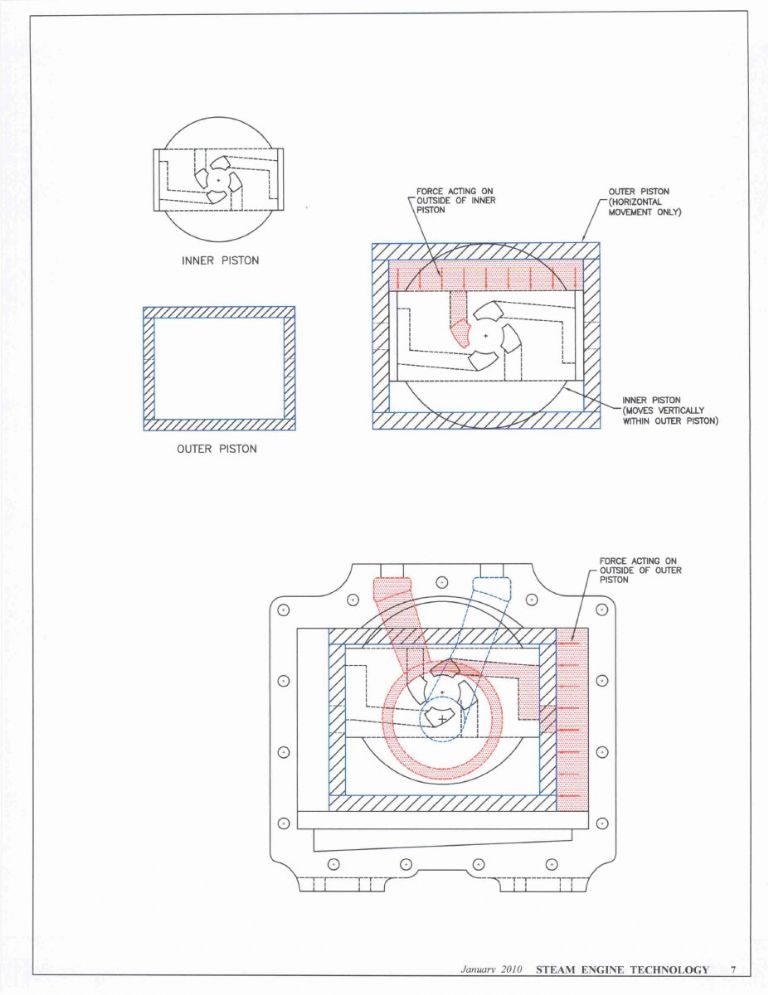

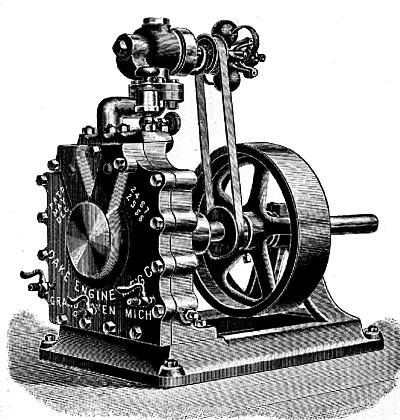
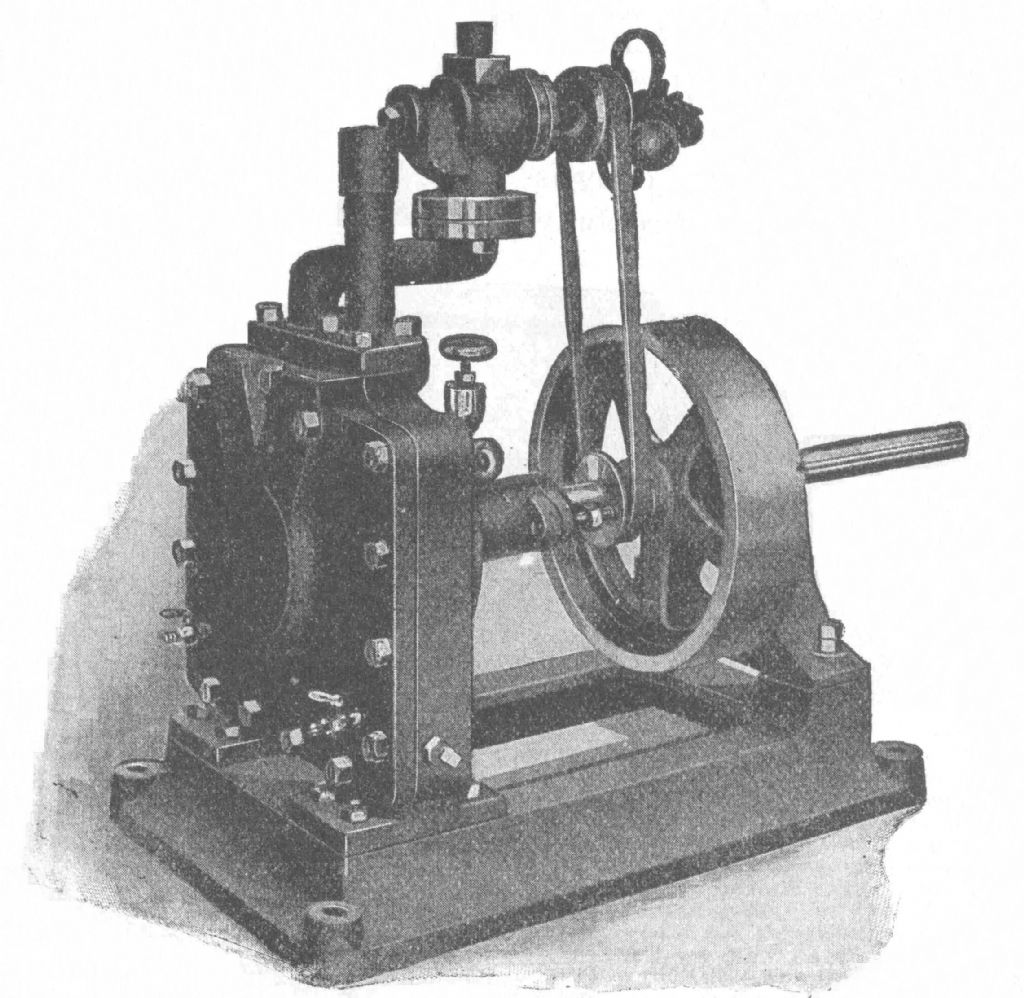
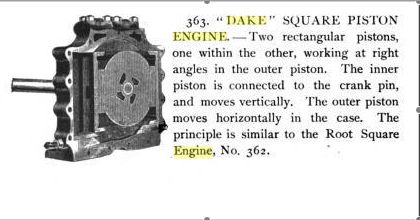
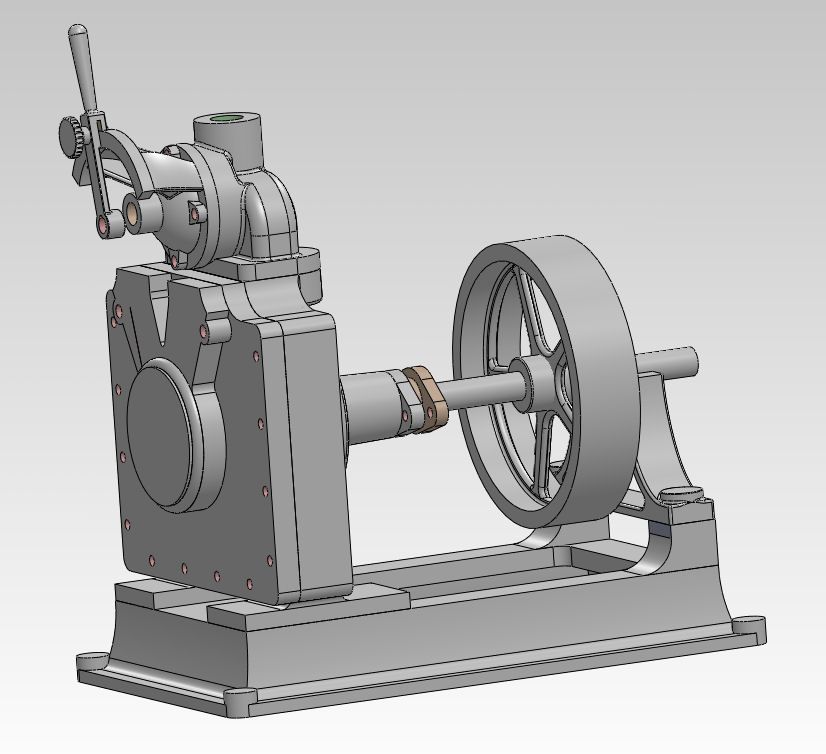
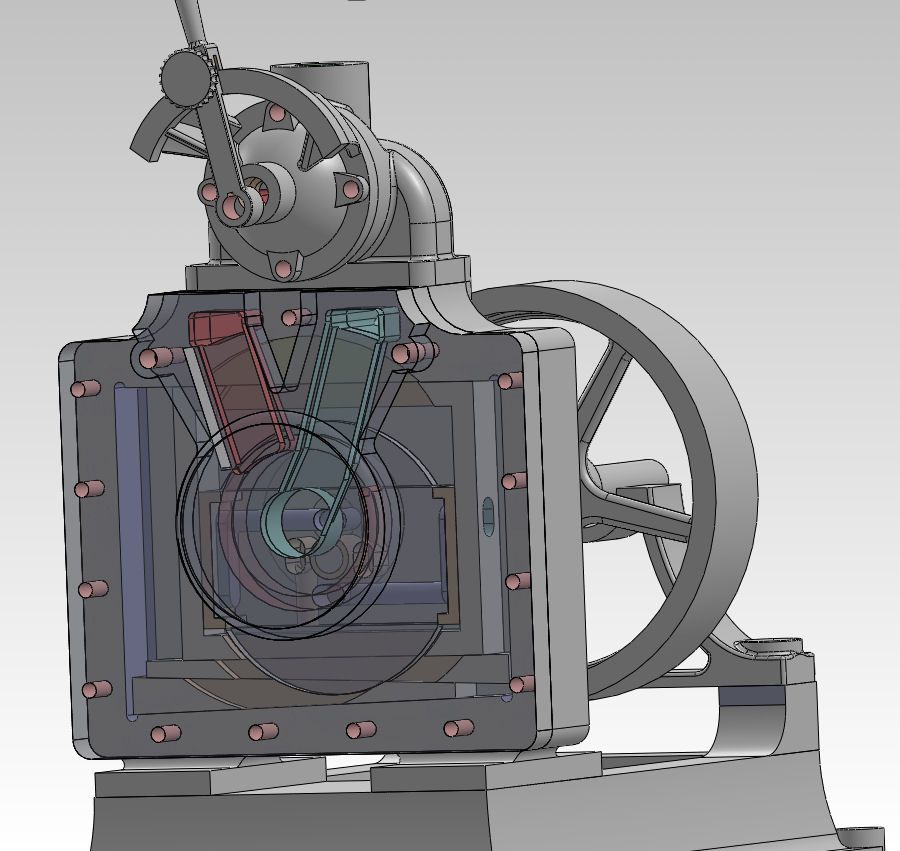
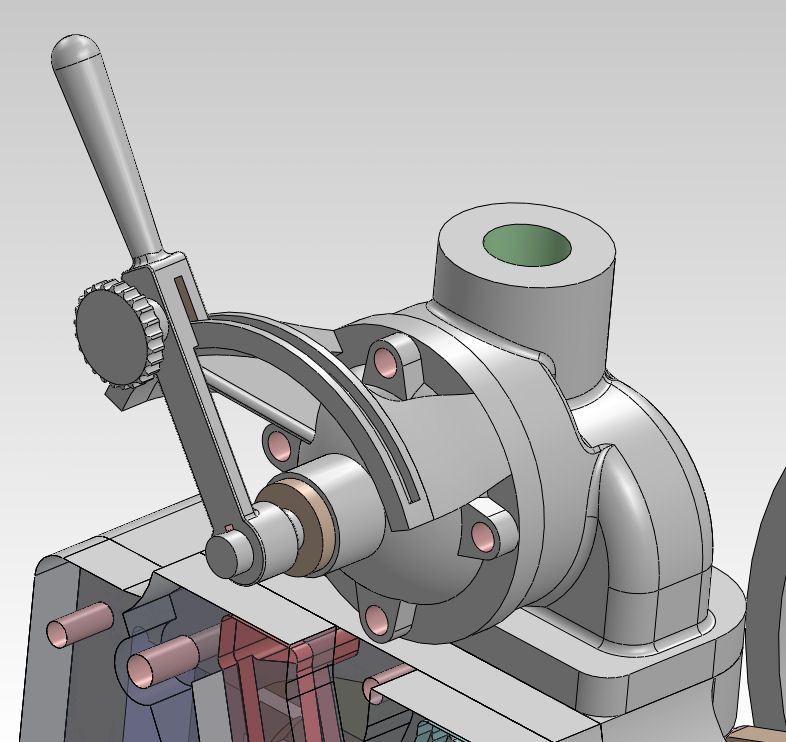




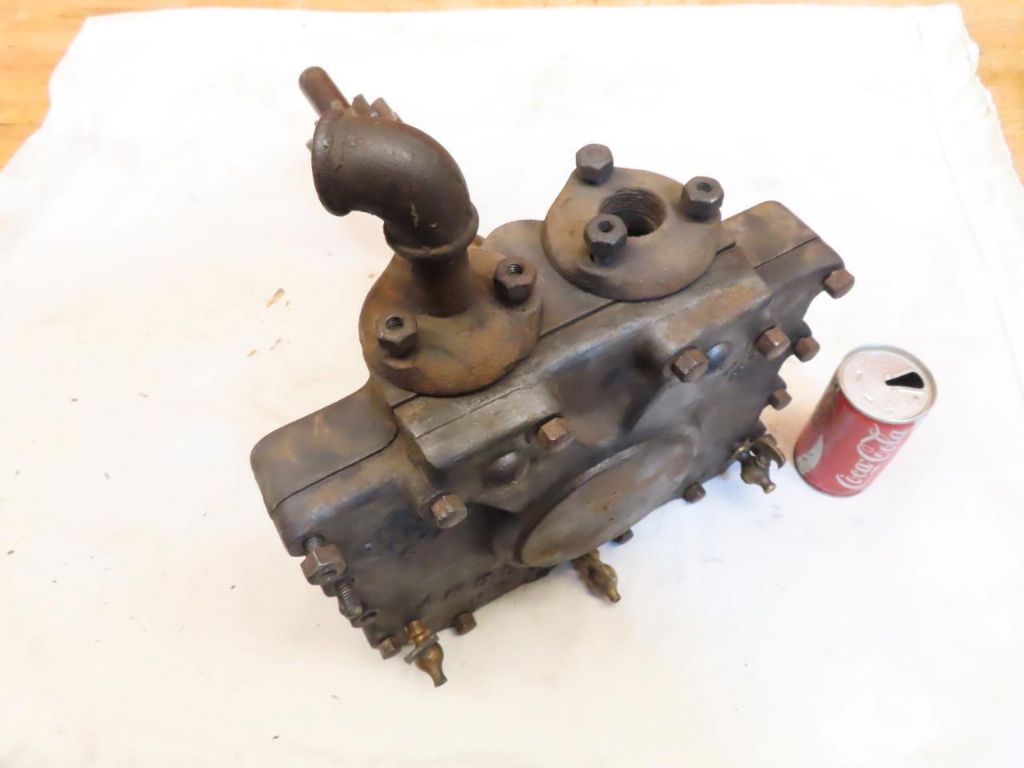
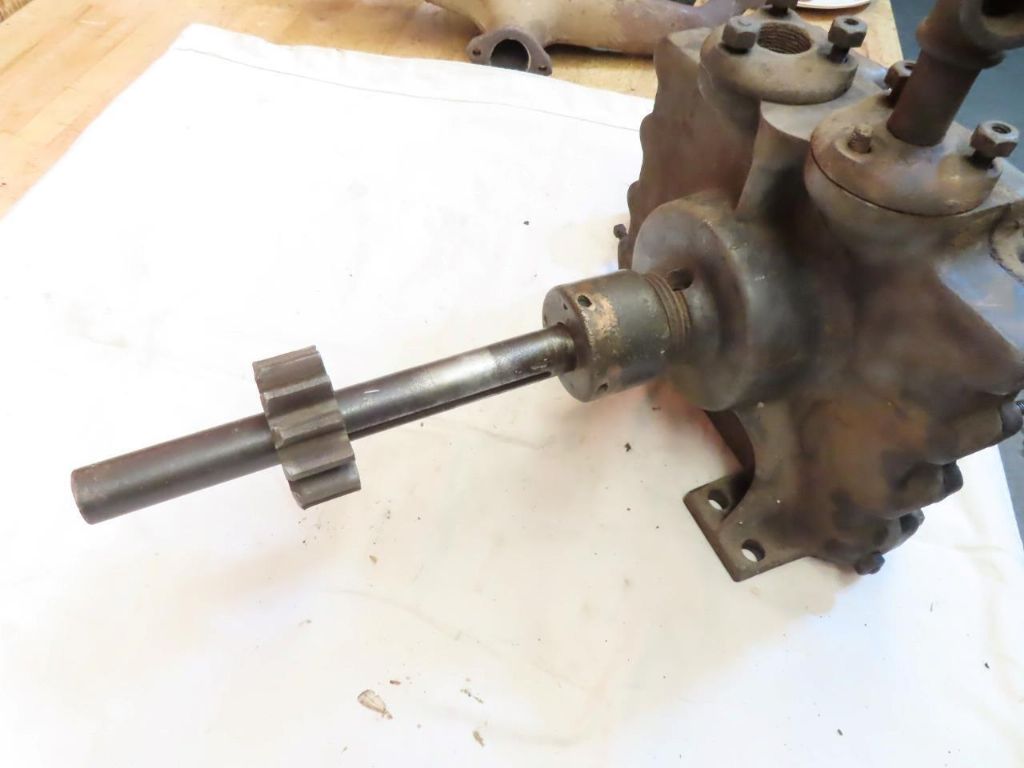

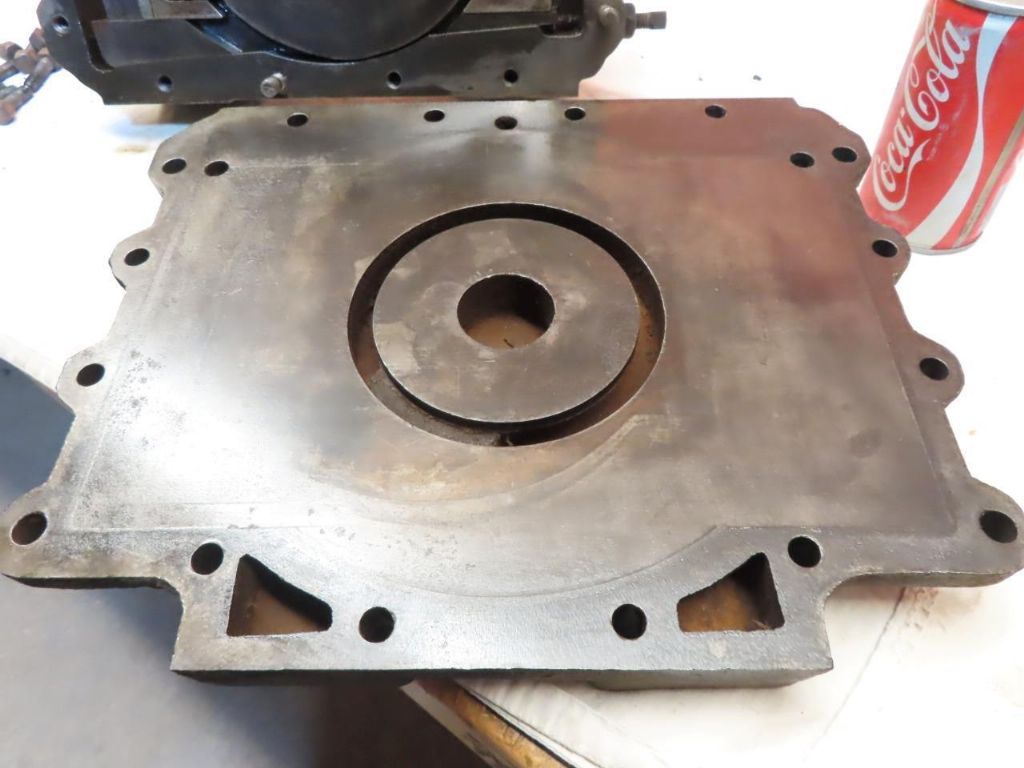
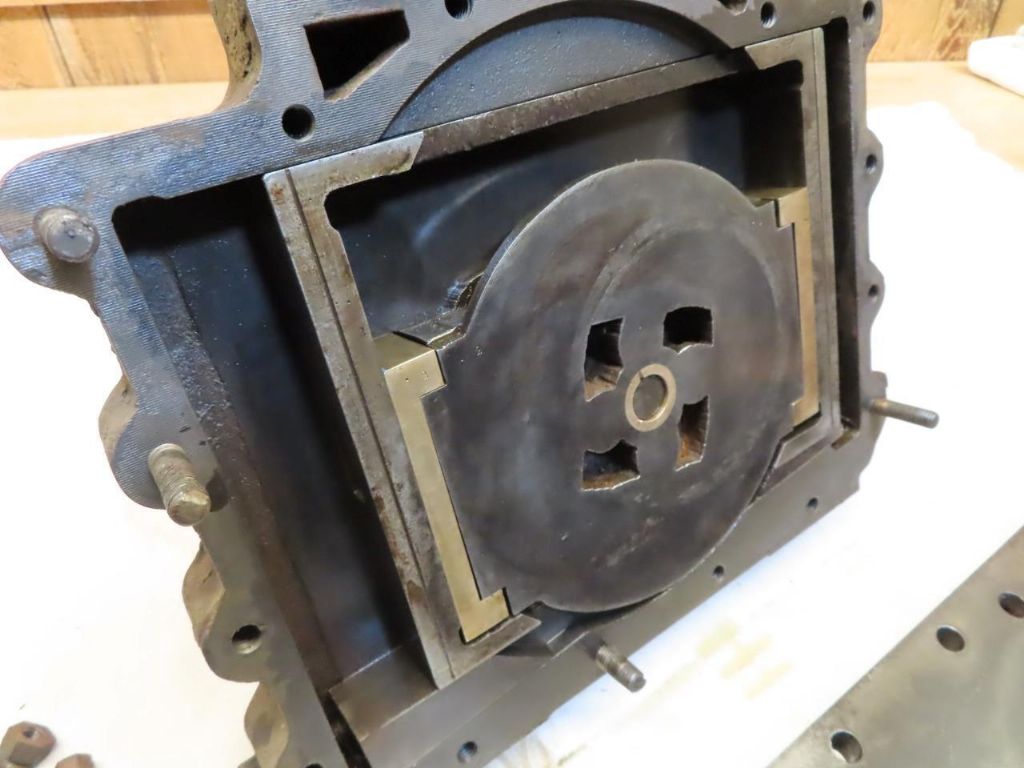
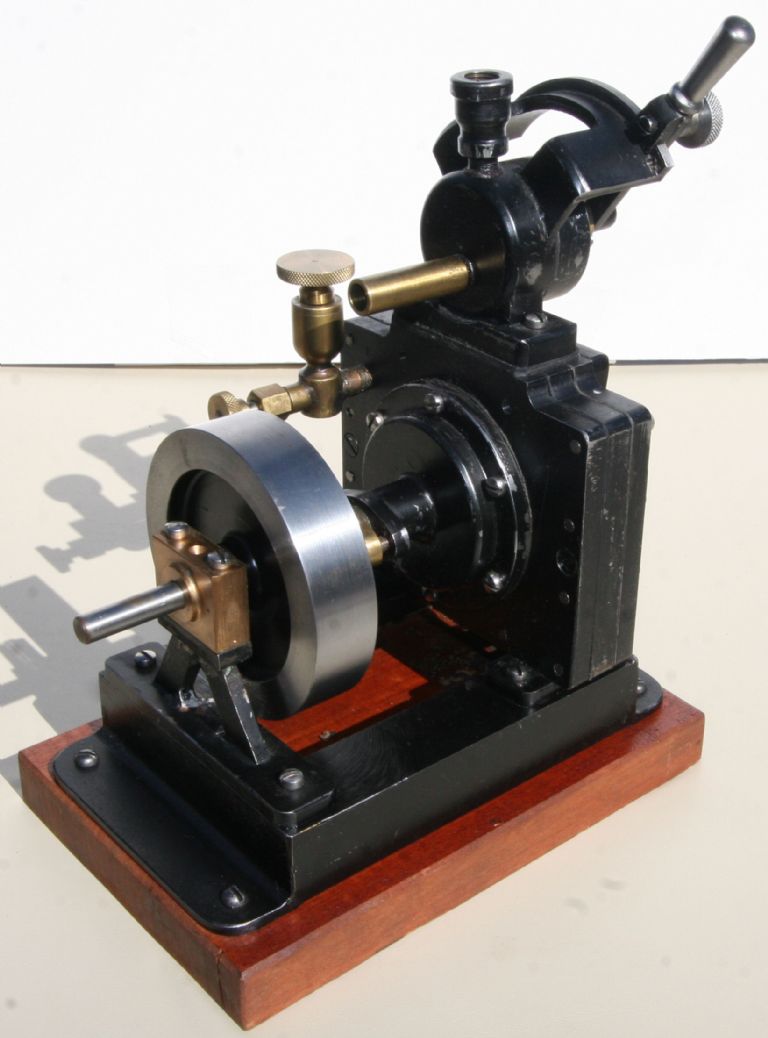









 Register
Register Log-in
Log-in


